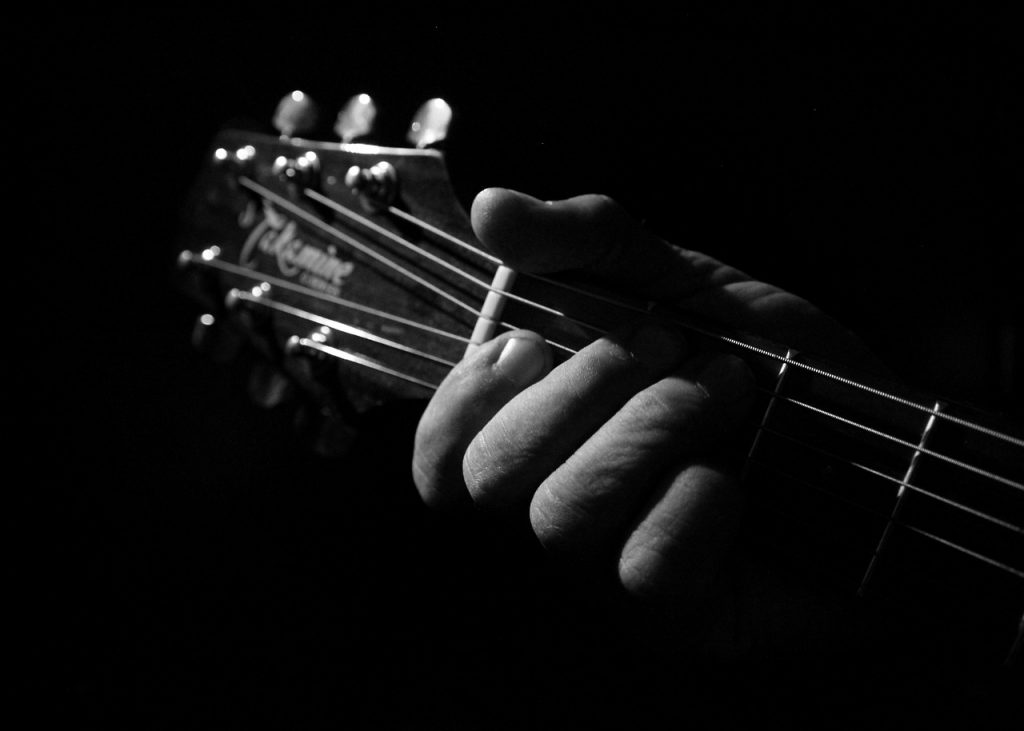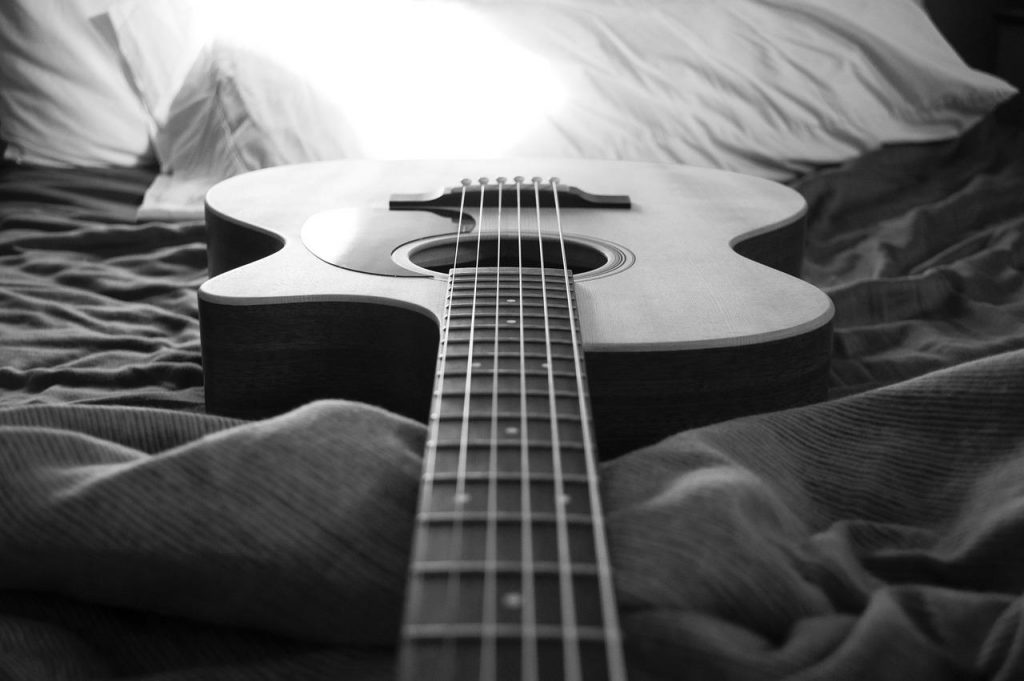What are the names of the guitar strings? The six strings on a standard guitar are usually tuned to E, A, D, G, B, and E, from lowest to highest. However, there are many different tuning options for guitarists to choose from. The most common alternate tunings are drop D, open G, open D, and open A.
Read on to learn more about the different types of tunings for guitar, what they are used for, and how to tune your guitar to them.
What Are The Names Of The Guitar Strings?
If you’re a guitar player, you know that the strings on your instrument are what create the sound. Each string has a different note, and when all of the strings are played together, they create chords and melodies. But what are the actual names of the strings?
Here are the names of the six strings on a guitar, from thinnest to thickest:
- E string (thinnest): Also called the high E string, this is the highest-pitched string on the guitar. It’s usually tuned to an E, four octaves above middle C.
- B string: This string is tuned to a B, three octaves above middle C.
- G string: The G string is tuned to a G, two octaves above middle C.
- D string: The D string is tuned one octave above middle C.
- A string: The A string is tuned to an A, one octave below middle C.
- E string (thickest): Also called the low E string, this is the lowest-pitched string on the guitar. It’s usually tuned to an E, two octaves below middle C.
What Is Each String Used For?
Each of the guitar strings has a specific purpose, and they are all used for different things. The four higher-pitched strings (E, B, G, and D) are typically used for playing melodies and chords. The two lower-pitched strings (A and E) are used for playing bass notes and chords.
Here’s a more detailed look at what each string is used for:
- E string: The high E string is typically used for playing melodies and solos. It’s also often used in chord progressions to add higher harmony parts.
- B string: The B string is often used for adding depth and fullness to chords, as well as for playing bass lines.
- G string: The G string is often used for playing lead guitar parts and solos. It can also be used in chords to add a brighter, more ringing sound.
- D string: The D string is typically used for playing rhythm guitar parts. It can also be used in chords to add a bit of a low-end growl.
- A string: The A string is most commonly used for playing bass lines and rhythms. It can also be used in chords to add a deeper, more resonant sound.
- E string: The low E string is typically used for playing bass lines and rhythms. It can also be added to chords to create a fuller sound.
How To Tune Your Guitar
Once you know what each string is called and what it’s used for, you’ll need to tune your guitar so that all of the strings are in harmony with each other. There are a few different ways to do this, but the most common is using an electronic tuner.
To tune your guitar with an electronic tuner:
- Turn on the tuner and select the “Guitar” setting.
- Pluck the low E string on your guitar and adjust the tuning peg until the tuner registers that the string is in tune.
- Repeat this process for the rest of the strings on your guitar.
If you don’t have an electronic tuner, you can also tune your guitar by ear. This method is a bit more challenging, but it’s still possible if you’re patient and have a good sense of pitch.
To tune your guitar by ear:
- Play the low E string on your guitar and listen to the pitch it produces.
- Find another low E string that’s in tune and compare the two pitches.
- Adjust the tuning peg on your guitar until the pitch of the string matches the other one.
- Repeat this process for the rest of the strings on your guitar.
Once you’ve tuned all of the strings on your guitar, you’re ready to start playing!
Tuning Out
So, what are the names of the guitar strings? The six strings on a guitar are called the E string, the B string, the G string, the D string, the A string, and the low E string. Each of these strings has a specific purpose and is used for different things. By knowing what each string is called and what it’s used for, you’ll be able to tune your guitar more easily and play better music.



